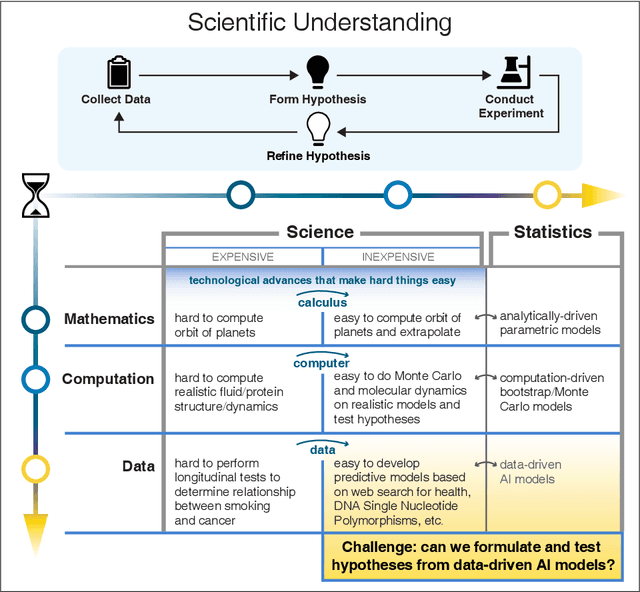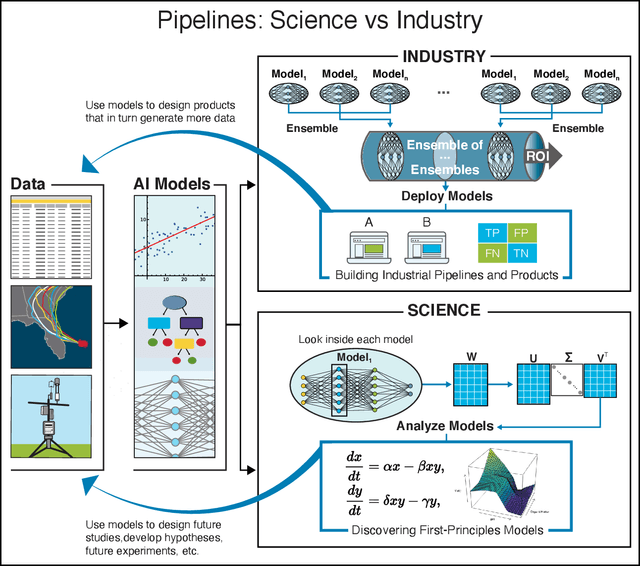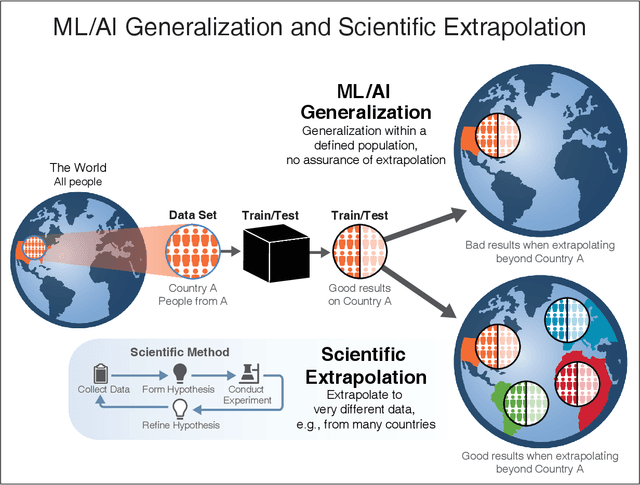Petrus Zwart
qlty: handling large tensors in scientific imaging
Jul 06, 2024Abstract:In scientific imaging, deep learning has become a pivotal tool for image analytics. However, handling large volumetric datasets, which often exceed the memory capacity of standard GPUs, require special attention when subjected to deep learning efforts. This paper introduces qlty, a toolkit designed to address these challenges through tensor management techniques. qlty offers robust methods for subsampling, cleaning, and stitching of large-scale spatial data, enabling effective training and inference even in resource-limited environments.
Image Segmentation using U-Net Architecture for Powder X-ray Diffraction Images
Oct 24, 2023Abstract:Scientific researchers frequently use the in situ synchrotron high-energy powder X-ray diffraction (XRD) technique to examine the crystallographic structures of materials in functional devices such as rechargeable battery materials. We propose a method for identifying artifacts in experimental XRD images. The proposed method uses deep learning convolutional neural network architectures, such as tunable U-Nets to identify the artifacts. In particular, the predicted artifacts are evaluated against the corresponding ground truth (manually implemented) using the overall true positive rate or recall. The result demonstrates that the U-Nets can consistently produce great recall performance at 92.4% on the test dataset, which is not included in the training, with a 34% reduction in average false positives in comparison to the conventional method. The U-Nets also reduce the time required to identify and separate artifacts by more than 50%. Furthermore, the exclusion of the artifacts shows major changes in the integrated 1D XRD pattern, enhancing further analysis of the post-processing XRD data.
Learning from learning machines: a new generation of AI technology to meet the needs of science
Nov 27, 2021



Abstract:We outline emerging opportunities and challenges to enhance the utility of AI for scientific discovery. The distinct goals of AI for industry versus the goals of AI for science create tension between identifying patterns in data versus discovering patterns in the world from data. If we address the fundamental challenges associated with "bridging the gap" between domain-driven scientific models and data-driven AI learning machines, then we expect that these AI models can transform hypothesis generation, scientific discovery, and the scientific process itself.
 Add to Chrome
Add to Chrome Add to Firefox
Add to Firefox Add to Edge
Add to Edge